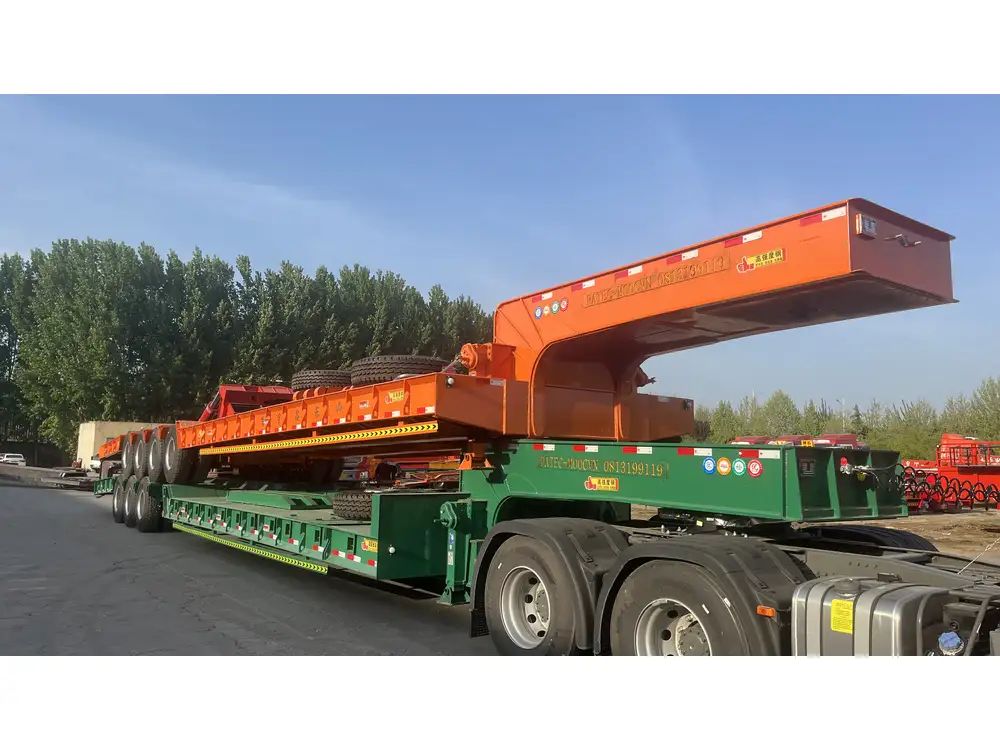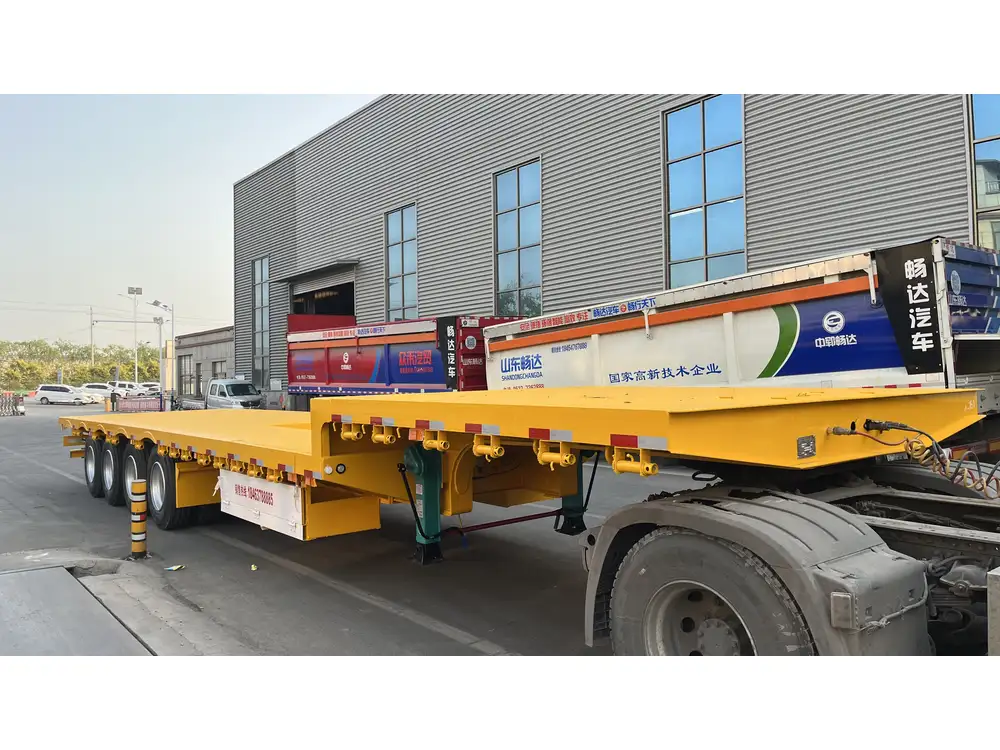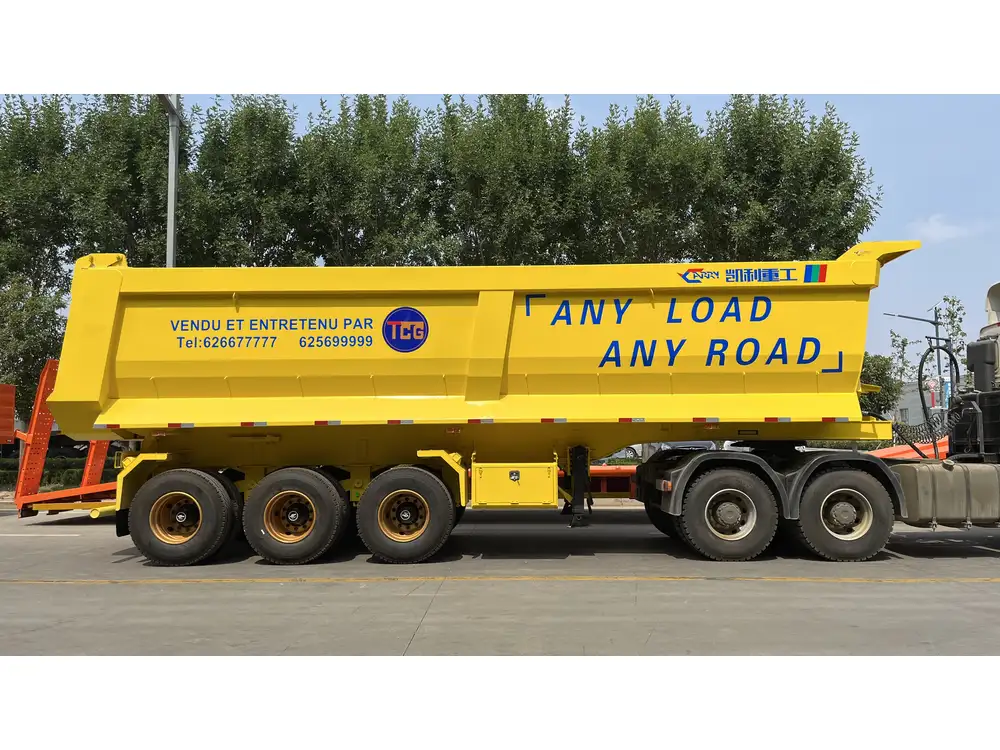The transportation of gasoline is a crucial aspect of the energy sector, and understanding the capacities of tanker trucks is vital for various stakeholders, including logistics companies, fuel distributors, and regulatory bodies. Here, we delve into the specifics of how many gallons of gas can be carried in a typical tanker truck, alongside other pertinent considerations that affect this critical measurement.
Understanding Tanker Truck Capacities
Tanker trucks are designed specifically to transport liquids, including gasoline. Their sizes and capacities vary depending on their design and intended use. Generally, the tank’s capacity influences the logistics of fuel distribution, refreshing routes and delivery schedules, and ultimately, profitability.
Standard Capacities
- Short-haul Trucks: Typically, smaller tanker trucks designed for short hauls can carry approximately 5,000 to 7,000 gallons of gasoline.
- Medium-sized Trucks: These vehicles can transport between 8,000 to 10,000 gallons.
- Long-haul Trucks: The most common type used in long-distance transportation, large tanker trucks can carry anywhere from 10,000 to 11,600 gallons of gasoline. In some cases, specially designed units can transport up to 11,800 gallons or more.

Summary Table of Tanker Truck Capacities
| Type of Truck | Capacity (Gallons) |
|---|---|
| Short-haul Trucks | 5,000 – 7,000 |
| Medium-sized Trucks | 8,000 – 10,000 |
| Long-haul Trucks | 10,000 – 11,600 (up to 11,800) |
Factors Influencing Capacities
Design Specifications: The design of the tanker truck, including the type of chassis and the tank shape, influences its liquid-carrying capacity.
Material of Construction: Tanker trucks are generally made from either aluminum or steel. Aluminum tanks are lighter and can carry more gasoline, while steel tanks may offer durability but at a cost of increased weight.
Regulatory Compliance: Adherence to local, state, and federal regulations also constrains capacity. Regulations often determine maximum fill levels due to safety concerns, such as preventing spills or overflows.
Additional Considerations for Tanker Truck Operations
Understanding the capacity of tanker trucks goes beyond merely knowing how many gallons they can hold. Several other factors warrant attention:

Load Distribution
Proper load distribution is crucial for safety and efficiency while transporting gasoline. Overloading one side of the truck can lead to handling problems and increase the risk of accidents. Furthermore, regulations dictate that no single load can exceed specified weight limits.
Temperature Effects on Gasoline Volume
Gasoline expands and contracts with temperature changes. The volume of gasoline at lower temperatures may be less than at higher temperatures. For instance, at 60°F (15.6°C) versus 100°F (37°C), gasoline can expand by about 1%. Thus, anticipating temperature variations during transportation can keep logistics accurate.
Risk Management and Safety Protocols
Transporting gasoline involves inherent risks. Tanker trucks must adhere to stringent safety protocols, including:
- Regular maintenance checks.
- Training for drivers on handling emergencies.
- Utilizing protective equipment for prevention against spills and leaks.

Environmental Impacts
Tanker truck operations can contribute significantly to environmental pollution if not managed properly. Proper training and updated regulations on emissions are vital in minimizing the environmental footprint associated with transporting gasoline.
Insurance Considerations
Given the risks associated with transporting flammable liquids, tanker operators typically carry specialized insurance to cover potential liabilities, including spills, accidents, and environmental damage.
Calculating Profitability Based on Tanker Capacity
From a financial perspective, maximizing the number of gallons transported can lead to improved profitability for logistics companies. To understand how profitability can vary based on tanker capacities, consider the following variables:
Cost of Fuel: The current price of gasoline influences revenue. The more fuel transported per trip, the greater the potential revenue generated.
Distance Traveled: Long hauls often have higher costs but can compensate with increased volume. Assessing routes for efficiency can further leverage profits.
Operational Costs: Fuel efficiency of the tanker truck, maintenance, and labor costs must also be examined to calculate net profit effectively.

Profit Calculation Example
| Factor | Value |
|---|---|
| Price per Gallon of Gas | $3.50 |
| Gallons Transported per Trip | 10,000 |
| Revenue per Trip | $35,000 |
| Operational Costs | $20,000 (Fuel + Labor) |
| Net Profit per Trip | $15,000 |
Future Innovations in Tanker Truck Design
As technology evolves, innovations in tanker truck design are shaping the future of fuel transportation. Notable advancements include:
Enhanced Safety Features
Innovations such as enhanced spill containment systems, live GPS tracking for real-time monitoring, and automated safety alerts are becoming common in advanced tanker trucks. These improvements help ensure compliance with rigorous safety standards while minimizing risks during transportation.

Alternative Fuel Options
With the rise of electric and alternative energy sources, the tanker truck industry is also exploring the feasibility of transporting biofuels and hydrogen. Innovations in tank materials and designs will likely follow suit to accommodate various types of alternative fuels, while also ensuring safety and efficiency.
Automation and Smart Technology
The implementation of automation and smart technology in tanker truck operations can revolutionize deliveries. Automated driving systems and AI-powered route management tools will optimize fuel transport processes, reducing human error, operational costs, and carbon footprints.
Conclusion
Understanding how many gallons of gas a tanker truck can hold is critical for businesses in the energy sector, influencing logistics, safety, and profitability. By examining the various capacities, factors that affect performance, and the future of tanker truck design, stakeholders can make informed decisions that enhance operations and comply with safety standards.
The complexity of this sector, combined with the necessity for continuous improvement and innovation, emphasizes the importance of constant learning and adaptation in the face of evolving practices and technologies. Whether for short hauls or long-distance operations, optimizing tanker truck use remains paramount in ensuring a streamlined, efficient, and sustainable distribution of gasoline.



